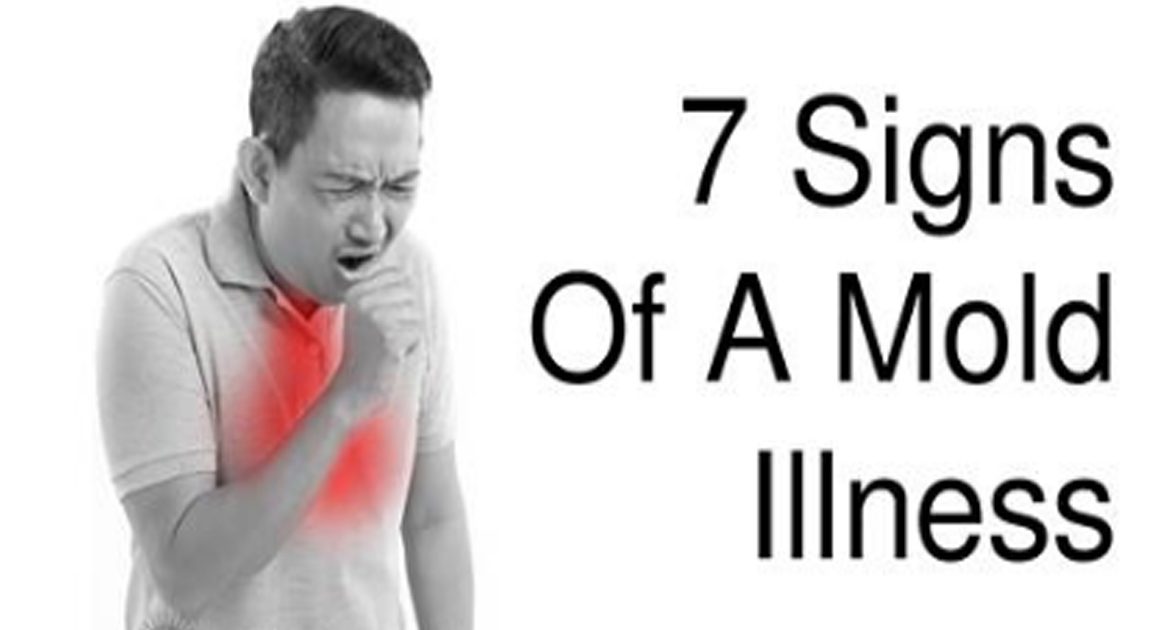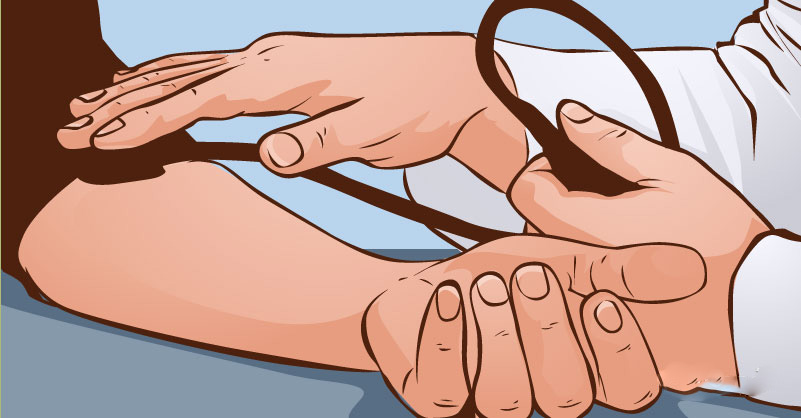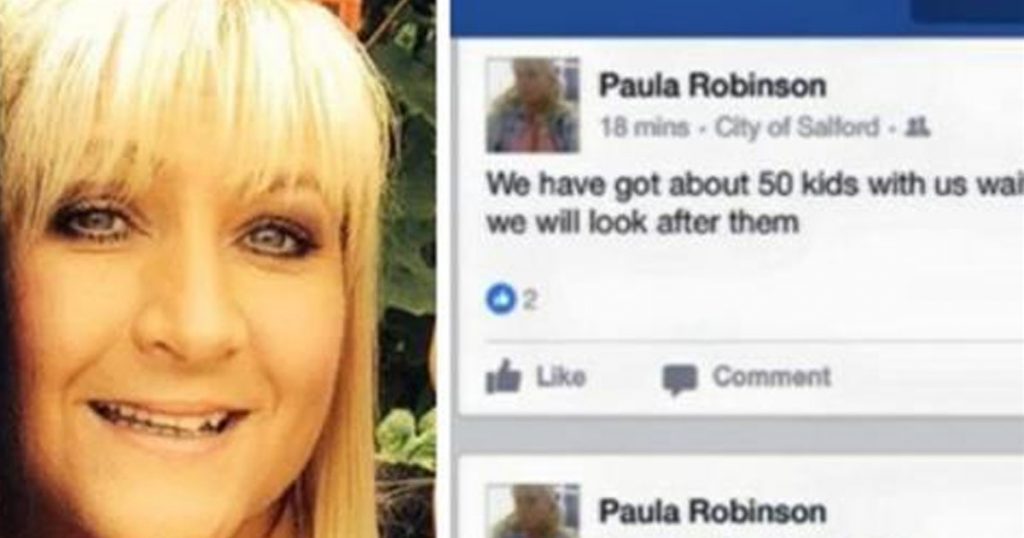Mold can cause serious health problems when it’s in your living or workplace, and if you are at risk for mold related illness, here are the 7 signs to look for. Mold is more likely to occur in climates with a lot of humidity or rain, because it is the moisture that makes a great growing environment for mold.
7 SIGNS OF A MOLD ILLNESS
The Environmental Protection Agency (EPA) recommends drying any wet areas within 24-48 hours to prevent mold growth. In addition to health problems, mold can destroy the surface that it grows on by deteriorating it as it might decompose if it was in a landfill, left exposed to the elements. This goes for walls, flooring, ceilings, furniture, etc.
In your body, mold spores are most commonly inhaled. Mold grows by releasing spores. These are too small to be seen by the naked eye, so we unfortunately inhale them into our lungs. We can also come into contact with mold through our skin. For example, you may touch a surface that has unseen mold on it and then later touch your face or an open sore where the mold can get inside your body.
Once inside the body, mold causes health problems and can look like an illness
1. MUSCLE PAIN NOT DUE TO STRAIN
Unexplained muscle pain that isn’t caused by strenuous activity is one sign of a mold illness. The muscle pain can be anywhere in the body. Muscle cramps and sharp, intense ‘pin prick’ pains have also been reported when people come into contact with mold.
2. TWITCHING, TINGLING, OR NUMBNESS
That sensation of pins and needles when your hand falls asleep after you’ve had it in an awkward position is the tingling sensation that people suffering from a mold illness have reported.
3. DEPRESSED MOOD
Researchers studying mold related illnesses found that homes that are damp also have an effect on the people living in them and their mood. There was a definite connection between home dampness, mold, and symptoms of depression. Mental illness and the connection to less-than-ideal living conditions is not surprising.
Psychological stress is normal when you have little control over your home environment and have a poor indoor air quality that can affect your health. Take control of the stress by reducing the sources of moisture in the home, adding house plants to clean the air, and run a fan to keep air circulating.
4. DIGESTIVE PROBLEMS
Nausea, diarrhea, stomach pain, and a lack of appetite are some of the digestive signs of a mold illness. Although these symptoms might lead you to eat less and thus lose weight, weight gain is actually a possible sign of a mold illness.
5. BREATHING PROBLEMS
Some of the most commonly reported signs of a mold illness are difficulties with breathing. In a recent review of mold and medical illnesses, researchers named some of the respiratory diseases that are associated with mold exposure, which include ‘asthma, allergic rhinitis, allergic bronchopulmonary aspergillosis, sinusitis, and hypersensitivity pneumonitis.’
Being unable to breathe deeply, struggling for air, coughing, wheezing, or sinus problems are all likely symptoms of mold illnesses. Consult a medical professional if you have a concern about your potential exposure to mold.
6. SENSITIVE EYES AND HEADACHES
Redness in your eyes, itchiness, or blurry vision may be related to mold illnesses. Some people are sensitive to mold as an allergen, which prompts their immune system to start working more when they are exposed to it. If your symptoms are similar to hay fever or seasonal allergies and are accompanied by a headache and other symptoms of a mold illness, seek medical attention and explain your concerns to your doctor.
7. LESS COMMON SIGNS OF A MOLD ILLNESS
Some of the more unusual symptoms or signs of a mold illness are excessive thirst, needing to urinate more often due to drinking more, shaking, weight gain, dizziness, or a metallic taste in your mouth.
To prevent mold, fix any water leaks in your home. If there has been a source of water in the home and you are cleaning up, add ventilation from an exhaust fan, a regular circulating fan, or open window to let a breeze in and help dry and ventilate.
Frequently clean areas that are more susceptible to mold, like the areas around the shower, to keep it from reappearing. Your normal cleaning solution is fine to clean mold. You may want to wear a cloth over your nose and mouth if you are cleaning a moldy place to make sure that you aren’t being exposed to more of the bad stuff than you need to be.
If there has been significant water damage to your home, mold may need to be removed by a remediation specialist who can help clean the home. Porous materials like fabric or carpet will have to be thrown away if they cannot be washed.






